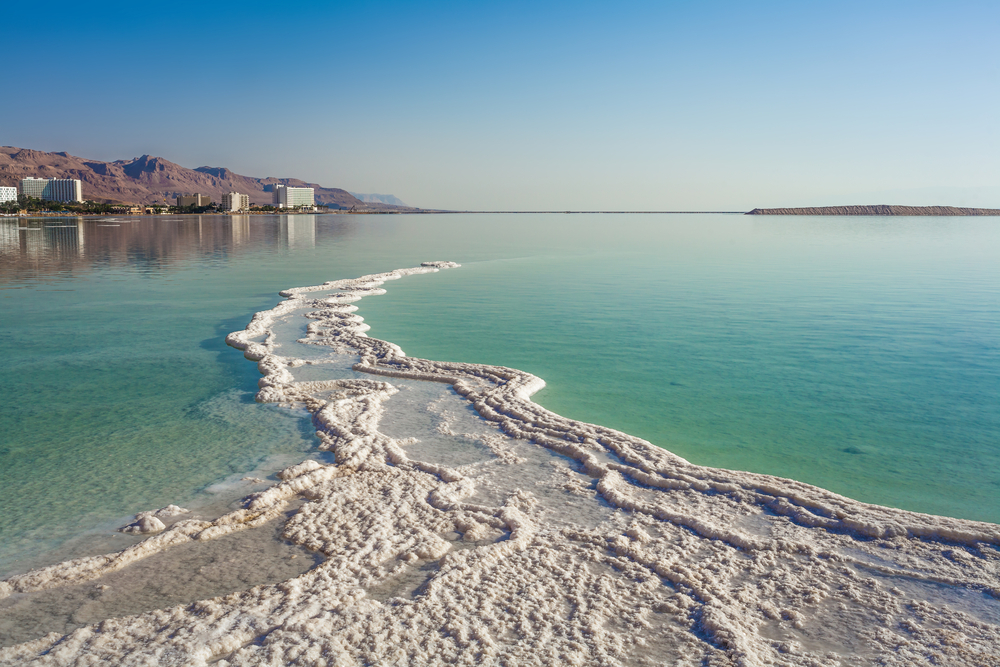The Ocean helps shape Climate around the world. Ocean currents transport heat from equator towards the poles, releasing heat to the atmosphere and influencing regional rainfall patterns. In coastal waters the Temperature and Salinity can have a significant effect on which animals and plants grow. Some animals or plants need salty waters, others fresh, some warm, others cool. We’d like to know whether the water around our coast is getting warmer over time, as a result of Climate change and changes in Ocean currents. If the water is getting warmer, then we may see more “warm water” marine life around our shores, some of which can be dangerous to bathers.
Making regular measurements shows that the Temperature and Salinity are very variable. This natural variability makes it difficult to detect any long-term trends, for example to see if the water is getting warmer over time. Because of these variations with the tide and weather, we need to make a lot of measurements over a long period to detect any long-term patterns. Knowing that there may be differences between the river water and the sea water and being able to measure these also allows us to make observations about how the water mixes in an estuary.
In the short video below, Professor Rachel Mills (Dean of the Faculty of Natural and Environmental Sciences) explains why water is such a powerful solvent and how this contributes to making our oceans salty. Rachel also describes how early oceanographers measured the saltiness of the Ocean and, with the help of Jon and Verity (two researchers at the University) demonstrates the modern day method using technology. The video is an extract from the University’s FutureLearn course, Exploring our Oceans.
What do the estuary measurements show?

